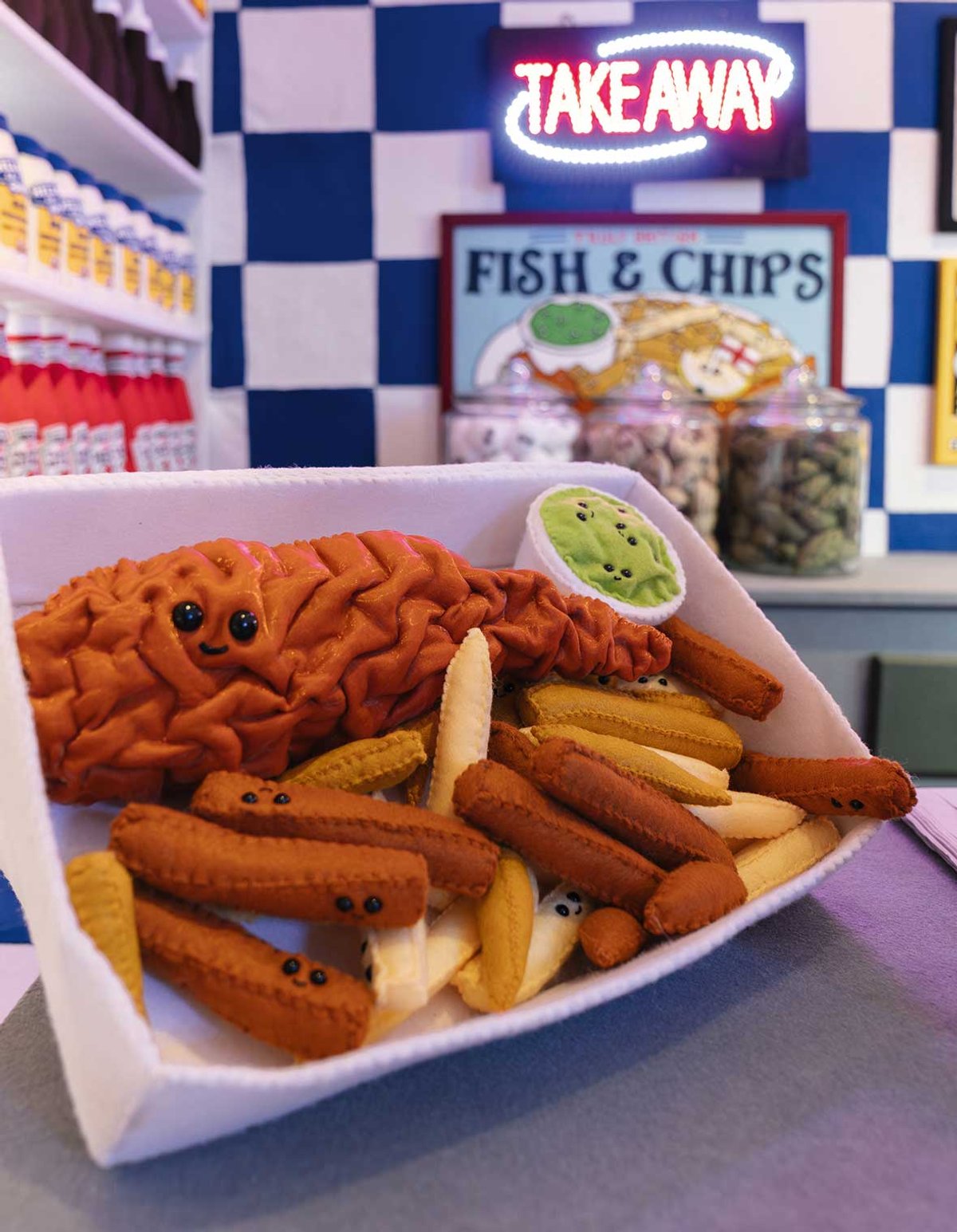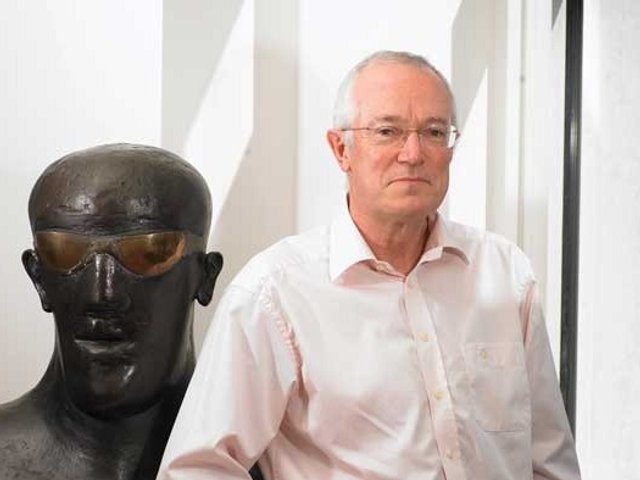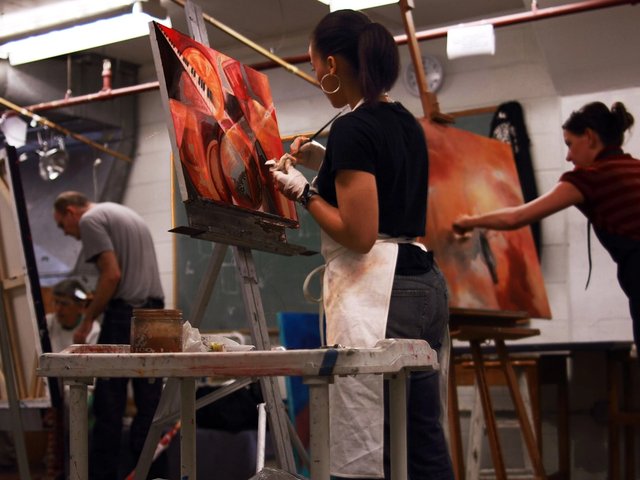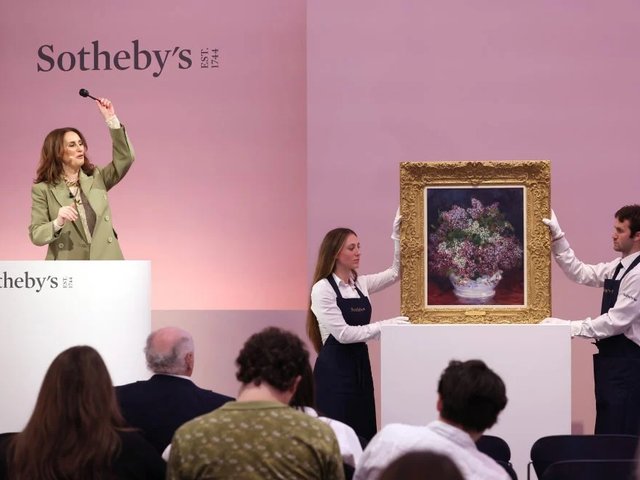One silver lining of the shrinking value of the art market is, we are told, the growing volume of sales. How much growth though can make up the slack for, say, last year’s 12% fall to a total market value—according to the Art Basel and UBS Art Market Report—of $57.5bn?
Well (and thank you, ChatGPT), recovering the lost revenue of 12% would have required a 13.6% growth in volume—considerably higher than the 3% in fact recorded in the art market last year. Assuming the value level stays constant and volumes continue to grow at the same pace, it would take more than four years to get back to 2023 levels—already down on the previous year, while both assumptions are big asks at the moment.
Using a more down-to-earth illustration, one of this summer’s most delightful shows in London was Lucy Sparrow’s entirely hand-stitched felt fish and chip shop at Lyndsey Ingram gallery (the “Bourdon Street Chippy”). The show averaged 600 visitors a day—which, given the bijou gallery’s size, involved some queuing outside the door—and was a media and social media hit. There was brisk trade for individual items such as ketchup bottles (£60), chip butties (£100), fizzy drink cans (£50) and pieces of battered plaice (£90).
But, Lyndsey Ingram says, takings were nowhere near what she expects from either of her current, in-season shows of a new body of paintings and drawings by Sarah Graham (up to £65,000 each), and the younger, in-demand artist Anna Calleja (works around £7,000). “You’d have to sell a lot of ketchup bottles,” she says.
A different perspective
Shows such as Sparrow’s, which are one-off events, “are about joy, not about finances”, Ingram says, not least during the quieter summer months. They also point to what looks to be a diverging strategy for galleries and auction houses in the future—either they continue to push their takings (and real estate) to the limits or try a different perspective. Ingram is among many who believe that the latter is more in keeping with what the art market needs to be. “If you’re focused only on moments of high returns, I think that the integrity of the artist and their work can suffer,” she says.
It isn’t an easy balance. Ingram acknowledges that “we have to keep the lights on and artists need to feed their families”, but she believes that reaching too far beyond is part of the push-back to the art business today.
Others are of similar mind. Even in October’s high season, London’s galleries were bursting with merch not previously associated with fine art, but more likely to chime with the mood. There’s the Quench kiosk at Unit gallery’s Don’t Look Back exhibition, including Gavin Turk bin-bag T-shirts for £50 (“do your Christmas shopping now”, urge its curators), while Palmer Gallery has £40 records to accompany videos by Andy Holden whose practice merges art with music by his band, the Grubby Mitts.
It might not make up the numbers and at best such initiatives are a gateway to higher spending (as well as being joyful). But finding ways to keep art alive in the public consciousness seems a decent ambition in sceptical times.





